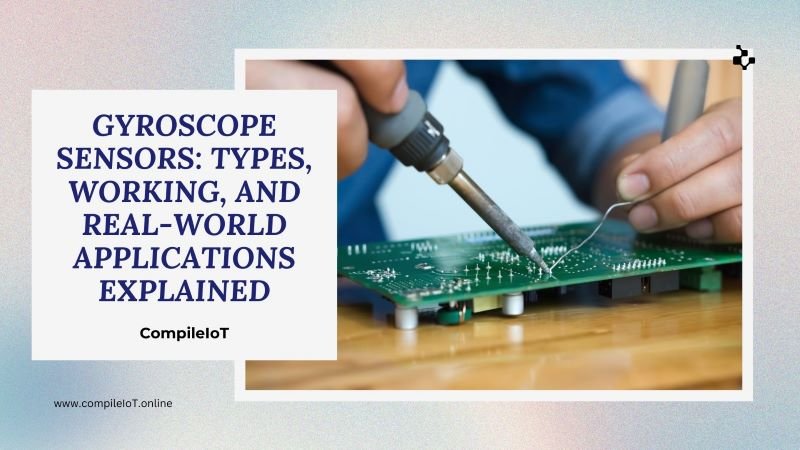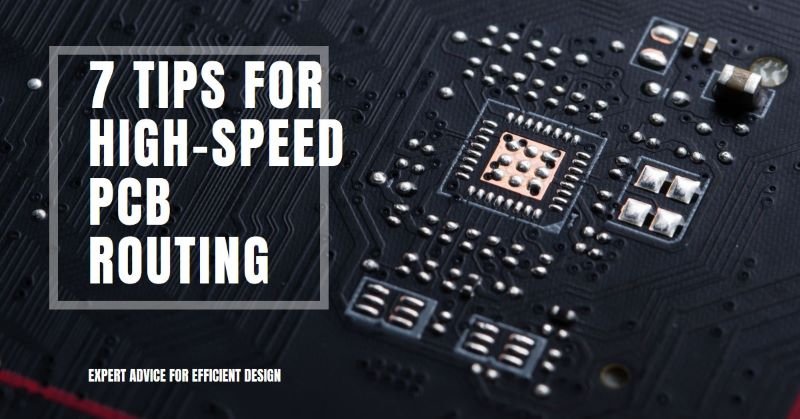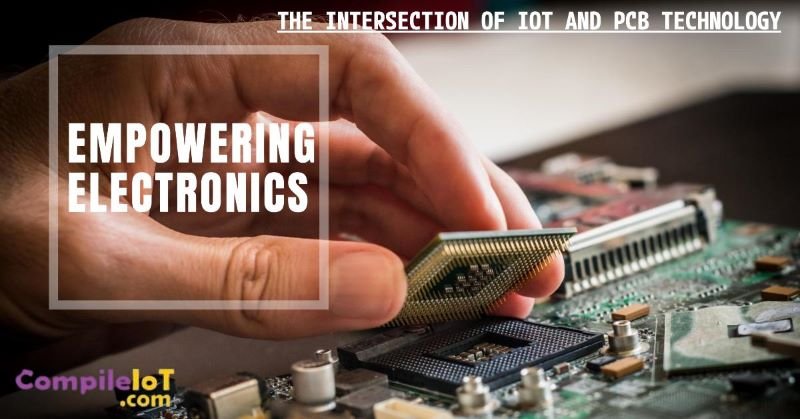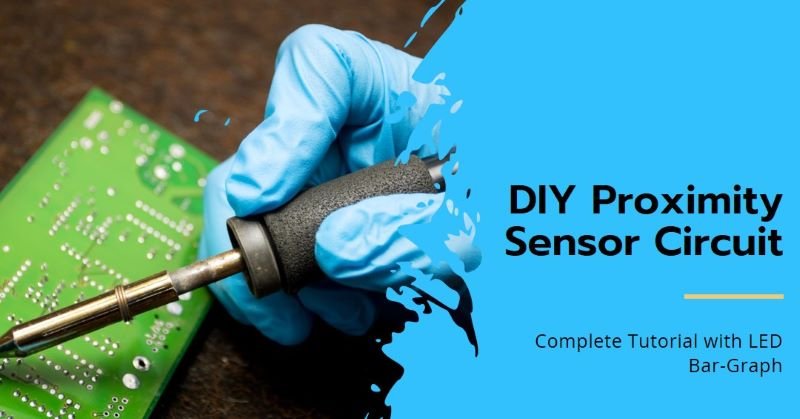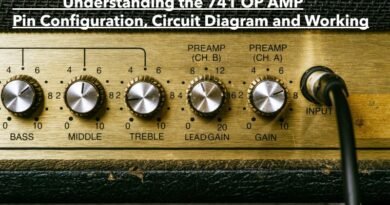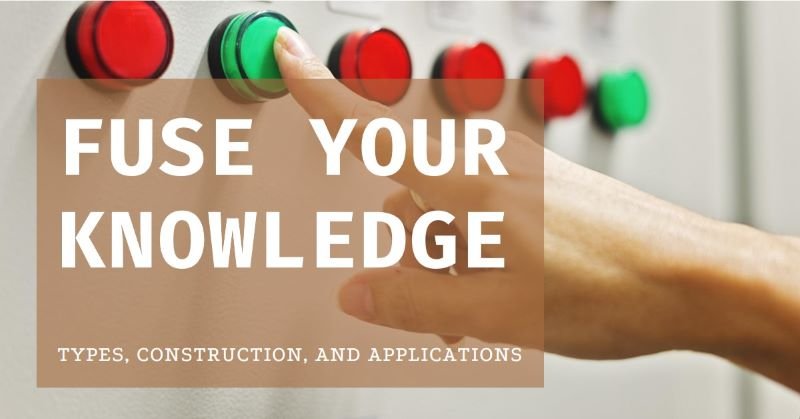A Step-by-Step Guide to Aluminum PCB Manufacturing
Aluminum PCBs have become a cornerstone in the electronics industry due to their superior thermal performance and durability. Commonly used in applications such as LED lighting, power electronics, and automotive systems, aluminum PCBs provide efficient heat dissipation and reliability. Understanding the manufacturing process of these specialized PCBs is crucial for engineers, designers, and manufacturers aiming to deliver high-quality electronic products. This article explores the key stages involved in the aluminum PCB manufacturing process, providing insights into how these versatile components are made.
Material Selection
The success of aluminum PCB manufacturing begins with selecting the right materials. Each layer of the PCB serves a specific function, and the choice of materials plays a critical role in determining the PCB’s performance.
Types of Materials Used
- Aluminum Base: Acts as the foundation of the PCB, providing structural integrity and effective heat dissipation.
- Dielectric Layer: A thermally conductive but electrically insulating layer placed between the aluminum base and the copper foil. This layer ensures thermal transfer while maintaining electrical isolation.
- Copper Foil: Forms the conductive layer that carries electrical signals within the PCB.
Properties of Aluminum That Make It Ideal for PCBs
- Thermal Conductivity: Aluminum’s ability to dissipate heat ensures components remain cool even in high-power applications.
- Durability: Aluminum’s strength and resilience make it ideal for harsh environments.
- Lightweight: Despite its strength, aluminum is lightweight, which is advantageous in portable devices.
Design and Prototyping
Before the manufacturing process begins, the PCB design and prototyping stages lay the groundwork for successful production.
Designing the PCB Layout
The design phase involves creating a detailed layout that specifies the placement of components, routing of electrical connections, and thermal management strategies. Designers must consider the unique thermal and mechanical properties of aluminum when planning the circuit.
Software Tools Commonly Used for PCB Design
Designers use specialized software such as Altium Designer, Eagle, or KiCAD to create precise layouts. These tools allow engineers to simulate and optimize their designs before moving to production.
Prototyping to Test Functionality and Ensure Design Accuracy
Prototyping is an essential step where a small batch of PCBs is manufactured to test the design’s functionality and performance. This process helps identify potential issues and ensures that the final design meets the required specifications.
Preparation of the Aluminum Base
The aluminum base is the foundation of the PCB and must be carefully prepared to ensure the subsequent layers adhere properly.
Cleaning and Pre-Treating the Aluminum Base
The aluminum base is thoroughly cleaned to remove dirt, grease, and oxidation. Chemical treatments are often used to enhance the surface’s properties and prepare it for bonding with the dielectric layer.
Importance of Surface Preparation for Adhesion
Proper surface preparation ensures strong adhesion between the aluminum base and the dielectric layer. This step is critical for maintaining the structural integrity and thermal conductivity of the PCB.
Dielectric Layer Application
The dielectric layer is a vital component of aluminum PCBs, as it provides electrical insulation while facilitating thermal transfer.
Applying the Dielectric Layer (Insulation)
The dielectric layer is typically applied using a lamination process. This involves bonding a thin, thermally conductive polymer layer onto the prepared aluminum base under heat and pressure.
Ensuring Thermal Conductivity and Electrical Insulation
The dielectric material must be carefully chosen and applied to achieve optimal performance. It needs to balance high thermal conductivity with excellent electrical insulation to prevent short circuits while efficiently dissipating heat.
Copper Foil Lamination
Laminating Copper Foil Onto the Dielectric Layer
The copper foil is laminated onto the dielectric layer using a high-pressure bonding process. This step ensures that the copper adheres firmly to the dielectric layer, forming the conductive surface required for the circuit.
Techniques Used (e.g., High-Pressure Bonding)
High-pressure bonding involves applying controlled heat and pressure to create a uniform bond between the copper and the dielectric layer. This technique ensures durability and minimizes the risk of delamination during operation.
Circuit Pattern Etching
Photoresist Application and UV Exposure
A layer of photoresist material is applied to the copper foil. The PCB is then exposed to UV light through a patterned mask, hardening specific areas of the photoresist while leaving other areas unexposed.
Etching Process to Create Circuit Patterns
The unexposed areas of the photoresist are removed, exposing the copper beneath. An etching solution is then used to dissolve the exposed copper, leaving behind the desired circuit pattern.
Post-Etch Cleaning
After etching, the hardened photoresist is removed, and the PCB is thoroughly cleaned to ensure no residue remains, preserving the integrity of the circuit.
Drilling and Plating
Drilling Holes for Vias and Mounting Components
Precision drilling is carried out to create holes for vias and component mounting. These holes are critical for electrical connections between layers and for securing components to the PCB.
Plating Holes to Ensure Conductivity
The drilled holes are plated with a conductive material, typically copper, to establish electrical connectivity between different layers of the PCB.
Solder Mask Application
Applying a Solder Mask to Protect the Circuit
A solder mask is applied over the circuit to protect the copper traces from oxidation and prevent solder bridges during assembly.
Customization Options (e.g., Colors)
The solder mask is available in various colors, with green being the most common. Custom colors can be used for branding or to meet specific design preferences.
Surface Finishing
Common Finishing Techniques (e.g., HASL, ENIG)
Surface finishes, such as Hot Air Solder Leveling (HASL) or Electroless Nickel Immersion Gold (ENIG), are applied to enhance solderability and protect the copper surface from corrosion.
Ensuring Corrosion Resistance and Solderability
These finishes provide a smooth, durable surface that ensures reliable soldering and extends the lifespan of the PCB.
Assembly and Quality Control
Component Placement and Soldering
Components are precisely placed onto the PCB and soldered using automated processes, such as reflow or wave soldering, ensuring strong and reliable connections.
Testing Procedures (e.g., Functionality, Thermal Performance, and Electrical Testing)
Comprehensive testing is conducted to verify the PCB’s functionality, thermal performance, and electrical integrity. This includes visual inspections, automated optical inspections (AOI), and functional testing.
Ensuring Compliance with Industry Standards
Quality control ensures that the PCBs meet industry standards, such as IPC or ISO certifications, guaranteeing reliability and safety.
Packaging and Delivery
Protective Packaging for Transportation
PCBs are carefully packaged using anti-static materials and protective layers to prevent damage during transportation.
Ensuring Safe Delivery to Customers
Proper labeling, documentation, and secure packaging ensure the PCBs arrive safely and ready for use by the customer.
Conclusion
In conclusion, Aluminum PCB manufacturing is a multi-stage process that requires precision and attention to detail at every step. From material selection to final assembly and delivery, each stage plays a crucial role in ensuring the performance and reliability of the finished product. Aluminum PCBs continue to be an essential component in modern electronics, providing solutions for heat management and durability in demanding applications. By understanding the manufacturing process, stakeholders can better appreciate the craftsmanship and technology behind these vital components.

